This is a test service, you can send samples to our lab and we will give the test result in 3 days.
Please contact us for details
Details of Racing Pigeon Tests
- We highly recommend you contact us before any racing pigeon tests.
- Prepare your pigeon samples according to the instructions below.
- Send the samples to our laboratory through any express service that has services in China.
- Testing will take approximately 2-3 working days.
- We will email you a report based on the samples.
- Feel free to contact us anytime—we provide comprehensive technical support.
Instruction of Sampling
- Wear protective gear: Put on latex gloves.
- Disinfection: Spray both hands with disinfectant alcohol for complete disinfection. Allow the alcohol to dry.
- Labeling: Use a marker to label the clean self-sealing bag with the pigeon’s information (e.g., owner’s name, leg band number).
- Feather Collection: Select slightly thicker feathers from the pigeon’s tail (avoiding tail feathers) or the chest and abdomen. Quickly pluck a small bunch (preferably 5–6 or more feathers). Place the feathers into the clean self-sealing bag.
( Please DO NOT collect naturally fallen feathers, feathers with minimal shafts, or down feathers for submission.)
- Handling: Avoid touching the feather shafts. Do not collect naturally fallen feathers, feathers with minimal shafts, or down feathers.
- Bag Handling: Seal the self-sealing bag.
- Sanitization: Use disinfectant alcohol to thoroughly sanitize your hands.
- Repeat: Proceed to pluck feathers from the next bird.
Introduction of The Racing Pigeon Tests Service
- This test is a fluorescent PCR detection targeting 8 genetic loci in racing pigeons.
- These 8 genetic loci determine the pigeon’s innate flight ability.
- By conducting DNA testing on the pigeon’s flight ability, you can understand its strengths and weaknesses.
- This test can provide a scientific basis for how to arrange the racing, training, and breeding of your pigeons.
- The test is simple, quick, and highly accurate.
- According to our feedback, the average win rate of pigeons selected after testing can be increased by approximately 5%.
Important Note:
Many unpredictable factors may affect the performance of racing pigeons. Our test only provides a reference at the genetic level.
The Test Indicators and Principles of
1. Endurance Indicator – Lactate Dehydrogenase A (LDHA):
Function: Enzyme involved in the metabolism of lactate, primarily present in muscle cells, especially wing muscles.
Impact on Flight Ability:
- High expression of LDHA enhances muscle strength and endurance, improving flight capability.
- The low expression may reduce flight performance.
Mechanism:
- Converts glycogen in muscles into energy during flight.
- Related to metabolic capacity and muscle type (high expression linked to fast muscle fibers, low expression linked to slow muscle fibers).
Gene Locus: g.2582481G>A
Evaluation Criteria: A/A (optimal), A/G (good), G/G (average).
2. Homing Ability – Dopamine Receptor (DRD4):
Association with Flight Ability:
- Dopamine receptors significantly impact the flight capability of pigeons.
- Strong homing instincts correlate with better racing results.
Genotype Effects:
- CTCT (excellent performance), TTCC (good), CCCT (favorable), CTCC (acceptable), CCCC (average).
- Pigeons with CTCT genotype perform best, CCCC genotype performs relatively poorly.
Application: Effect verified in speed and middle-distance races, speculated to impact long-distance races as well.
3. Muscle Indicator – Myostatin (MSTN):
Function: Key negative regulator of skeletal muscle development.
Impact on Flight Ability:
- Regulates muscle cell and muscle fiber bundle formation.
- Strong MSTN regulation contributes to superior muscle development and enhances strength and endurance with training.
Significance: MSTN is a decisive factor in a pigeon’s flight capability.
4. Feather Indicator – Feather Keratin (F-KER):
Composition: Main component of feathers, particularly in the feather shaft area (90% β-keratin).
Genetic Influence:
- F-KER gene encodes feather keratin, and specific genetic variations affect keratin’s amino acid composition.
Genotype Performance: TT genotype individuals outperform GG genotype in long-distance races.
5. Navigation Indicator – Cryptochrome 1 (CRY1):
Function: Protein involved in circadian rhythms, navigation, and migration.
Impact on Flight Ability:
- Perceives light changes, influencing biological clock and navigation.
- Helps pigeons sense subtle changes in Earth’s magnetic field, aiding in accurate navigation.
Genetic Influence: Certain cryptochrome gene variants may affect migratory behavior and flight ability.
Gene Locus: g.31975-31976 AG > TT
Evaluation Criteria: AG/AG (average), AG/TT (good), TT/TT (excellent).
6. Magnetoreception Indicator – GSR:
Function: The GSR gene is associated with magnetoreception and is a candidate gene for the biological compass pathway in homing pigeons.
Biological Role:
- Involved in signal transduction and metabolic regulation.
- Directly influences the ability to perceive magnetic field changes.
Impact on Navigation:
- Helps pigeons sense Earth’s magnetic field changes during long-distance migration.
- Information processed in the brain guides flight direction.
Broader Implications:
- Similar magnetoreception mechanisms may exist in other organisms.
- Research on GSR could lead to advancements in magnetic field perception technologies and enhance understanding of adaptive mechanisms in organisms.
7. Learning and Memory Indicator – LRP8:
- Function: Encodes a protein crucial for synaptic function, learning, and memory in pigeons.
Role in Synaptic Function:
- Regulates synaptic formation, maintenance, and transmission efficiency.
- Ensures accurate and efficient neural signal transmission.
Impact on Learning and Memory:
- Influences neural circuits and signal transduction processes related to learning and memory.
- Affects synaptic plasticity and neuronal connectivity, enhancing learning and memory abilities.
Research Approaches:
- Gene editing to study LRP8 expression and regulation under different conditions.
- Molecular biology techniques to explore interactions with other genes and complex regulatory networks.
8. Neuro-Muscular Development Indicator – CASK:
Function: A multi-domain protein crucial for tissue development and cell signaling.
Role in Skeletal Muscle:
- Regulates neuromuscular junction development in pigeon skeletal muscles.
- Essential for muscle contraction and movement, influencing high-speed flight and agility.
Mechanism:
- Interacts with calcium ions and calmodulin to regulate intracellular signaling pathways.
- Responds to changes in calcium concentration, activating or inhibiting downstream signals.
Importance in Pigeons:
- Enhances muscle contraction efficiency and supports overall physical performance.
- Involved in differentiating nerve terminals, forming synapses, and arranging muscle fibers.


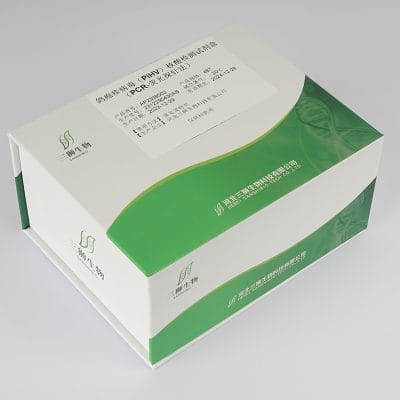
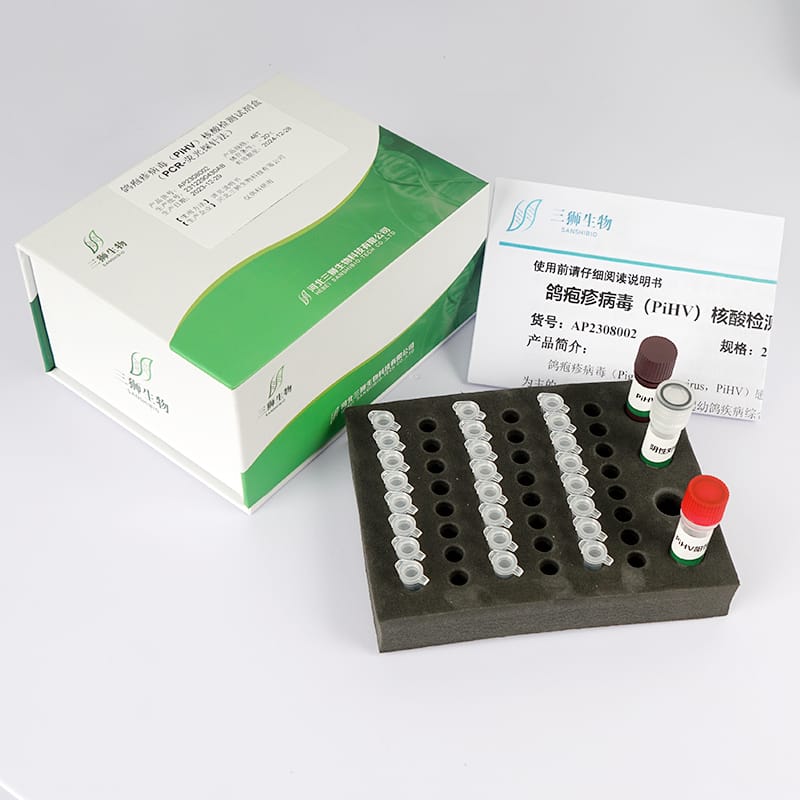
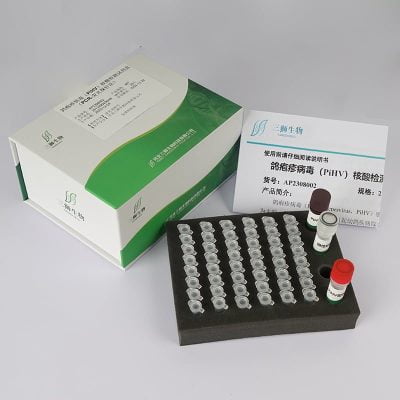
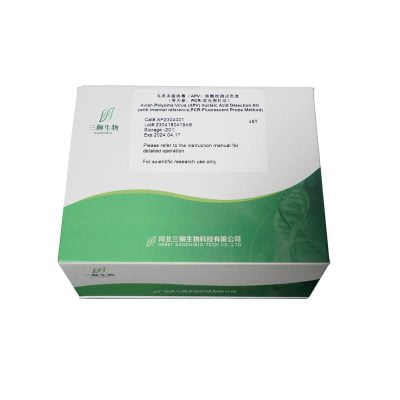
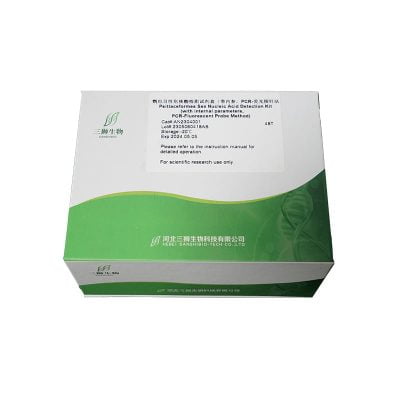
Reviews
There are no reviews yet.